How to choose a soil for violets?
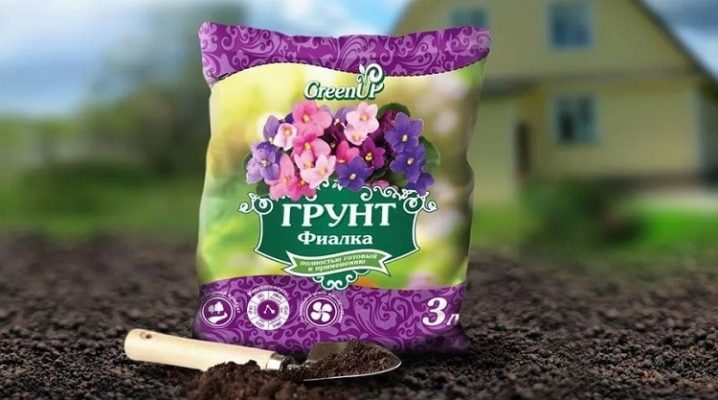
In the Gesneriaceae family there is a genus of flowering herbaceous plants called Saintpaulia or Usambara violet. Unlike real violets from the violet family, which adapts to any conditions and grows in open ground and in pots on the windowsill, the African beauty Saintpaulia is bred only at home, spending a lot of time leaving. Growing it, they maintain a high temperature, protect it from drafts, monitor the microclimate, lighting in the room, the composition and fertility of the earth.
Although this is not entirely correct, the people unite flowers with the common name "violets".
History
In 1892, Baron Walter von Saint-Paul worked as a military commander in the territory of modern Rwanda, Tanzania and Burundi in the German colony. He was walking around the neighborhood and came across an unusual plant. The baron collected his seeds, sent them to his father, the head of the German Dendrological Society, Ulrich von Saint-Paul, and he gave them after receiving to the biologist Hermann Wendland. A year later, Herman grew a flower from the seeds, compiled a description and gave the name Saintpaulia ionanta, perpetuating in it the memory of Saint-Paul's son and father's participation in the discovery.
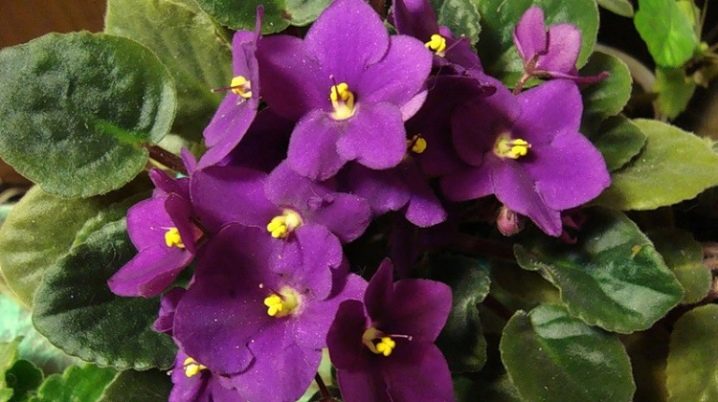
Description
Saintpaulia is a low plant with a short stem and a rosette formed by an abundance of long-peted velvety leaves with a heart-shaped base. Depending on the variety, the shape of the leaves varies and can be oval, round or ovoid. The color of the upper side of the leaf plate can be dark or light green, and the lower one - purple or pale green with well-visible veins.
With proper care, the violet blooms for 8 months a year. From 3 to 7 small 1- or 2-colored buds bloom on one peduncle. With mass flowering, the plant is decorated with up to 80-100 flowers. Terry petals with wavy or fringed edges, and the color of the buds varies and can be white, purple, blue, pink, crimson or blue. The color and size of the buds depend on which of the more than 1.5 thousand known indoor varieties Saintpaulia belongs to.
The type of soil affects the growth, development and flowering of Saintpaulia. It is better to choose it based on the tips and tricks below. The flower will take root and will delight the splendor and uniqueness of the grower and his family members. Otherwise, the touching Saintpaulias will die because of the bad soil.
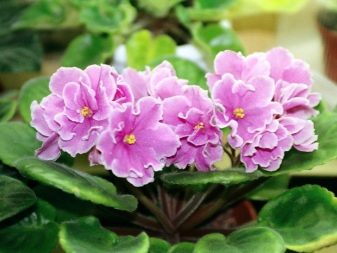

Requirements
On the one hand, the soil for violets should be nutritious, and on the other, it must meet certain conditions.
- Air permeability. To saturate the earth with air, baking powder (coconut fiber, perlite, vermiculite) is added to it. Without their addition, the soil will crumple up, "harden", and the roots will rot.
- Moisture capacity. The soil must retain some moisture.
- Adding phosphorus-potassium dressings. Otherwise, buds do not form on the flower, its leaves turn yellow and curl.
- Acidity. For indoor Saintpaulias, the optimal pH level is 5.5-6.5. For the formation of slightly acidic soil, a substrate is prepared from leafy, sod, peat soil and sand in a ratio of 2: 2: 2: 1.
Potting type
Amateur flower growers do not prepare the soil with their own hands, but buy it in a flower shop. There are no problems with the purchase, and the price for it will not make a hole in the family budget.
Experienced flower growers do differently. They know that many ready-made potting mixes contain peat.Because of this, the soil cakes and hardens over time. Already 3 months after transplanting, the roots do not receive enough oxygen, and the plant dies. Therefore, they either buy the substrate without peat, or prepare it with their own hands.
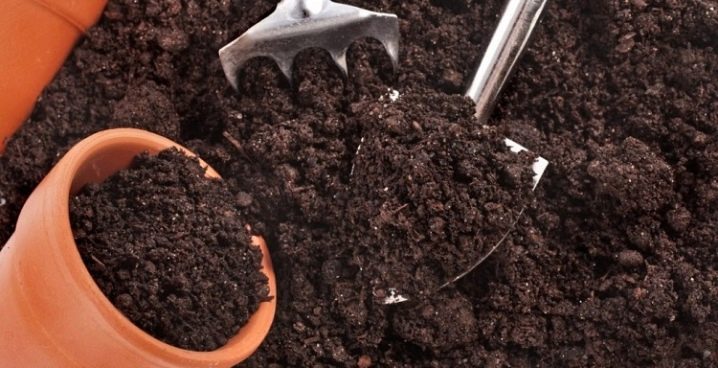
Ready substrate and its composition
Florists often buy a ready-made substrate, not considering important factors.
- Store earth is unsterilized and its chemical properties change for the worse after a few months. Therefore, experienced florists disinfect the planting material.
- Pest infested soil is often sold.
- It is sold with an abundance or lack of nutrients.
- If the soil is black, then the main component in the composition is low-lying peat, which sour over time.
- If the soil is reddish-brown in color, and the peat is coarse, then it is ideal for growing violets.
To prevent the plant from dying, they purchase high-quality soil in a flower shop by choosing one of the ones suggested below.
- Universal soil of German production ASB Greenworld Is a balanced soil for Saintpaulias. It contains phosphorus, potassium, nitrogen, which are necessary for the normal development of the plant. The price of a 5-liter package is 200 rubles.
- As part of the soil for violets from the company FASCO "Flower Happiness" there is high moor peat. It is sold completely finished. It has no shortcomings, and the price pleases - 90 rubles for a 5-liter package.
- Near the soil from a German manufacturer Klasmann TS-1 homogeneous structure. It is not sold in small batches. When using Klasmann TS-1, perlite is added to transplant violets. For a 5-liter package, you need to pay 150 rubles.
- Unlike other soil mixtures "Coconut soil" do not sell in the Russian Federation. It is expensive: 350 rubles for a 5-liter bag, contains a lot of salts, but at the same time it is reliably protected from pests even in conditions of long-term storage.
Soils of the brands "Biotech", "Garden of Miracles", "Garden and Vegetable Garden" are not suitable for the cultivation of violets.

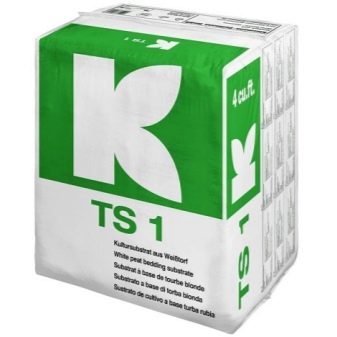
Self-cooking
Experienced flower growers prepare their own soil for indoor plants at home. For saintpaulias, you will need several required components.
- Leafy humus. It is used to improve soil structure. It is a good mulch and acidifier component. Leaf humus is made from different plants, but for saintpaulias, fallen leaves are collected from birches and placed in special bags for decay.
- Turf has a high water-lifting capacity and low moisture permeability and moisture capacity. It is harvested in a place where deciduous trees and shrubs grow, carefully cutting off the outer layer of soil with interlacing of plant roots.
- Vermiculite and / or perlite. Gardening stores sell small or large chunks of minerals. For saintpaulias, small substances are bought and added to the soil as a baking powder. They retain moisture to give Saintpaulia roots until the next watering.
- Sphagnum. Moss can be used to fluff the soil. Sphagnum is added instead of vermiculite, collected in the forest, near water bodies or in swampy areas. It is stored raw, dried or frozen. In the latter case, the frozen moss is thawed before use.
- Coarse river sand. With its help, the soil becomes airy, and its other components receive reliable protection from drying out.
- Coconut substrate. This nutritional supplement is sold at a flower shop or sourced from supermarket-bought coconuts.
If the components for the preparation of the substrate for the violets were collected in the forest, they are disinfected. In the oven, they ignite in the oven or keep peat, turf, humus in a water bath. The sand is washed and calcined, and the moss is disinfected by pouring boiling water over it.
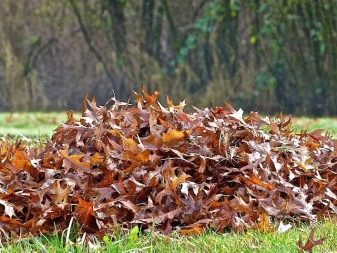

Preparation
Before planting / transplanting Saintpaulias, a suitable container is prepared. A drainage layer is laid at the bottom. To do this, they buy expanded clay and fill the pot with it by a third. Charcoal is placed in a thin layer, which will nourish the plant and protect it from rot.
Sod (3 parts), leaf humus (3 parts), moss (2 parts), sand (2 parts), vermiculite (1 part), perlite (1.5 parts), coconut substrate and peat (a handful ). Newbie flower growers keep the proportions exactly, and their experienced colleagues lay the ingredients by eye. In the case of buying ready-made soil with coarse peat, it is enriched with moss, perlite and coconut substrate to improve its chemical properties.

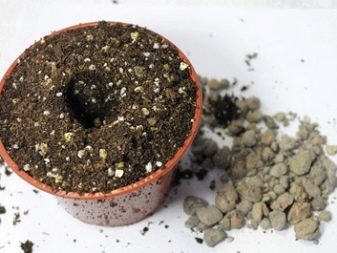
Fertilizers
When preparing the soil with their own hands, flower growers often think about whether to put fertilizers in it. Some buy bags of white mineral powder, while others prepare their own feed using natural and non-hazardous ingredients.
Mullein is one of the sources of essential elements for the growth of Saintpaulias. If you plant a flower in the ground with the addition of a mullein, it will bloom magnificently and effectively. The main thing is not to fertilize the ground with large pieces of top dressing. They are crushed. Without adding mullein when planting, don't get upset. After soaking it, then use the water obtained rich in microelements for irrigation.
Fertilize the ground with eggshells. It contains potassium and calcium. These components reduce acidity. Store-bought soil is not fertilized if it already contains nutrients, as indicated on the label. Otherwise, due to an excess of fertilizers, the plant will die.
Saintpaulia is a beautiful flower that will die if the wrong soil is used during planting / replanting. They either buy it in a store, or do it on their own, having prepared humus, turf, sphagnum, sand, vermiculite and top dressing.
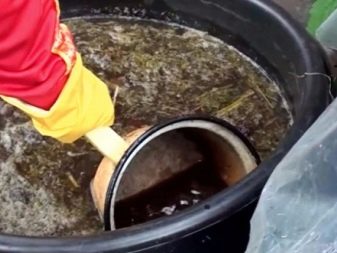
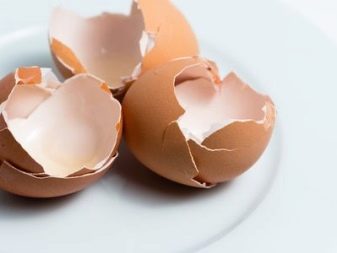
In the next video, you will find the secrets of the perfect soil for violets.































The comment was sent successfully.